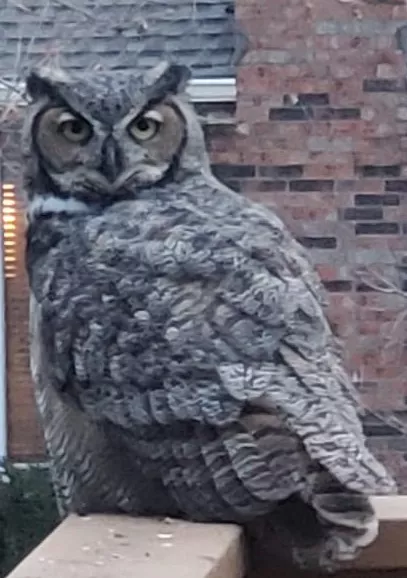
February is the month that the annual Great Backyard Bird Count is held around the country and globally. About – Great Backyard Bird Count The data collected include not only the different kinds of birds, but the numbers spotted. Citizen scientists can contribute to our understanding of trends in bird populations.
It may be cold and snowy outside, but you can observe winter wildlife from the comfort of your own home with appropriately placed bird feeders and a pair of binoculars. Or visit a local nature center which is hosting a public bird count event. An expert there will provide tips.
Now is the time to prepare for the GBBC by learning to identify the common bird species which live in or routinely visit this area. Invest in a good squirrel-proof bird feeder, fill it with black oil sunflower seed, place it where you can watch comfortably, and start a 2024 list. When you do your official bird count, you will be ready.
If you are not a regular birdwatcher, start simple. Identify and list the first 10 different birds you see daily; you’ll soon recognize the most common visitors. Try to add at least one new bird each time you watch. Establish a goal of being able to identify quickly at least 20 different birds before your count day, including those you spot flying over.
There are many good guidebooks available and several excellent phone apps that include bird song recordings and a bird list function. Birdwatching is great hobby which does not require expensive equipment. Keeps the watcher alert, stimulates the senses, and challenges the brain whether you travel or just sit by the window at home.